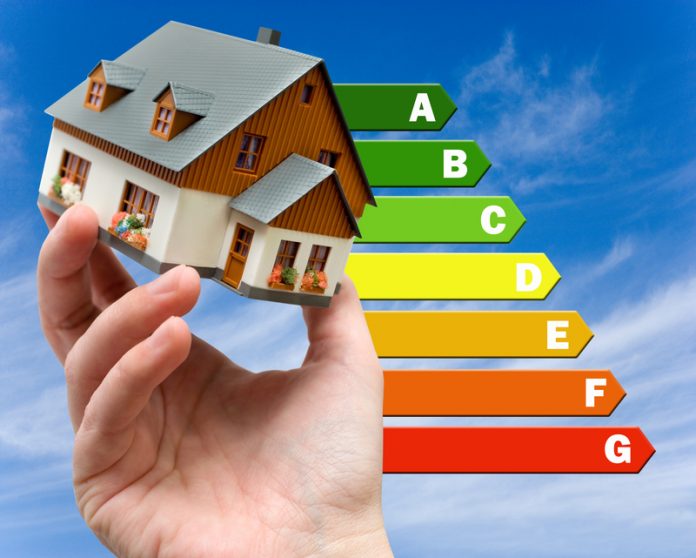The revised Energy Efficiency Directive is placed under the spotlight here by Miroslav Poche MEP from the Group of the Progressive Alliance of Socialists and Democrats in the European Parliament
The adoption of the revised Energy Efficiency Directive (EED) is an important step to embrace the clean energy transition and the already adopted 2030 climate legislation to meet the Paris Agreement commitments. The adoption of the Directive is, however, only the beginning of the journey. Many implementation questions will remain to be solved when a new European Parliament and a new European Commission come in July and November 2019, respectively.
The next Commission will face two major challenges when it comes to energy policy. First, the Commission will have to actively enforce proper implementation of the EED and, of course, other key files of the Clean Energy for All Europeans package. Second, the Commission will have to take active steps to realise this ambitious goal.
The transposition into national law will be the first test of the Member States’ seriousness about the energy transition and turning their commitments under the Paris Agreement into concrete actions. Unfortunately, the implementation process of the 2012 Directive showed that the promises were not always followed by the action, which resulted in 27 Member States being hit by infringement procedures due to failure to notify the Commission regarding the national measures to transpose the Directive into national law were launched. (1)
This, of course, raises the question of how to ensure that the Member States deliver on their targets. The Governance Regulation is supposed to be the answer to this problem, a vital instrument for achieving the overall objectives of the Energy Union and the EU targets. However, this can only be achieved if there is understanding, cooperation and action at all levels, such as consumers, SMEs, industries, corporations, local authorities or national governments. Collective and fair action by all is the only way to achieve ambitious action on climate change. What we now need is proper implementation and enforcement as we need the Member States to fulfil their targets and promises.
Over the coming years, the next Commission is very likely to propose new policies to assure that Europe is on track towards reaching its 2030 energy and climate targets and potentially, this ambition will be raised. I strongly believe that the Commission should further focus on strengthening the European emissions trading scheme (ETS). The results of the ETS reforms have not met our expectations despite the boost from recent reforms. Low carbon prices and the fact that parallel policies, such as energy efficiency, RES support, nuclear support, coal phaseouts reduce the prospects for a sufficient carbon price, only prove that the current ETS lacks efficiency.
The EU ETS price is clearly insufficient in the short-term as it does not provide a strong and credible enough signal for decarbonisation in the medium to long-term. One solution to this might be to introduce a carbon floor price on emissions. This mechanism would protect investors against sudden ETS price drops, encourage businesses to make more low-carbon investments and speed up the transition to a low-carbon economy. For inspiration, since April 2013, British electricity generation has already been subject to a minimum carbon price and the Dutch government is planning to introduce a similar price floor, beginning at €18 in 2020 and rising to €43 by 2030.
In relation to my work on the revision of the EED, I was also entrusted to become a rapporteur for the proposal on a decision of the European Parliament and the Council on the adjustment of European energy efficiency targets. The proposal is, in general, a technical proposal designed to recalculate the value of European commitments in the field of energy savings. The final agreement with the Council states that a reduction in energy consumption by 32.5% should be achieved by 2030 at the level of primary and/or final energy consumption which means that the consumption of the European twenty-eight should not exceed 1273 Mtoe in primary energy and 956 Mtoe in final energy in 2030. The expected UK consumption projection will have to be subtracted from this number. After having done so, the numbers are now converted to 1128 Mtoe at primary and 846 Mtoe for final energy consumption for 27 EU countries.
The proposals that I suggested were of a technical nature. It was important to clarify that both primary and final consumption have their own target numbers. We also had to shorten the suggested provision regarding the entry into force of the legislation. However, I must highlight that there has been a very constructive approach from all the shadow rapporteurs, as well as from the Council, and it has been obvious that nobody wishes to create new problems in the very complex Brexit-related environment we have to face. The plenary has adopted the text in February. Speaking of Brexit itself, I wish this EED file never came into force.
1 http://europa.eu/rapid/press-release_IP-15-4668_en.htm
Miroslav Poche MEP
Group of the Progressive Alliance of Socialists and Democrats
in the European Parliament
miroslav.poche@europarl.europa.eu











